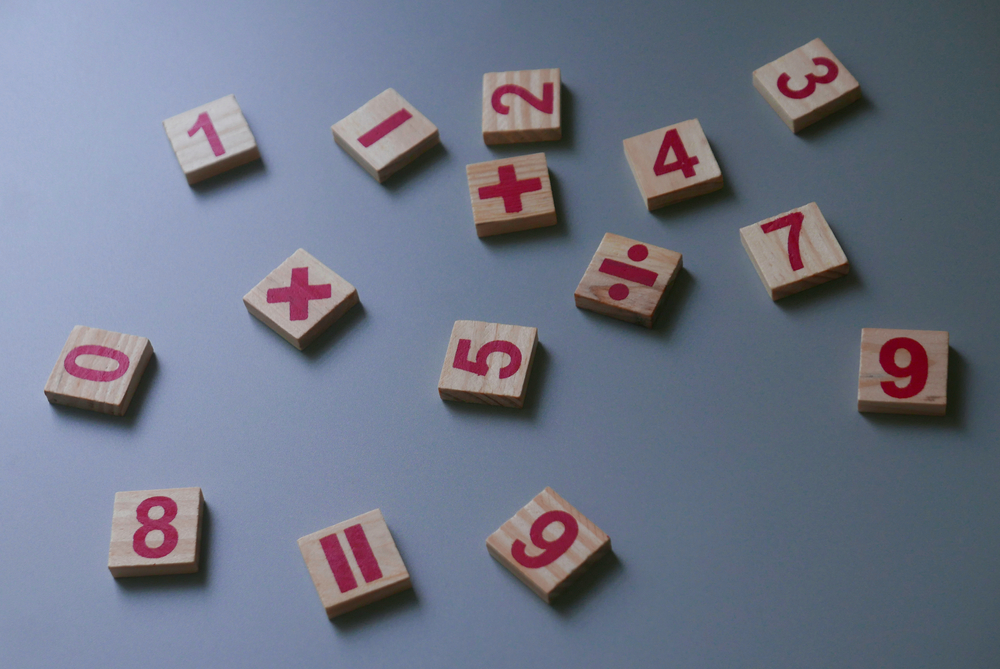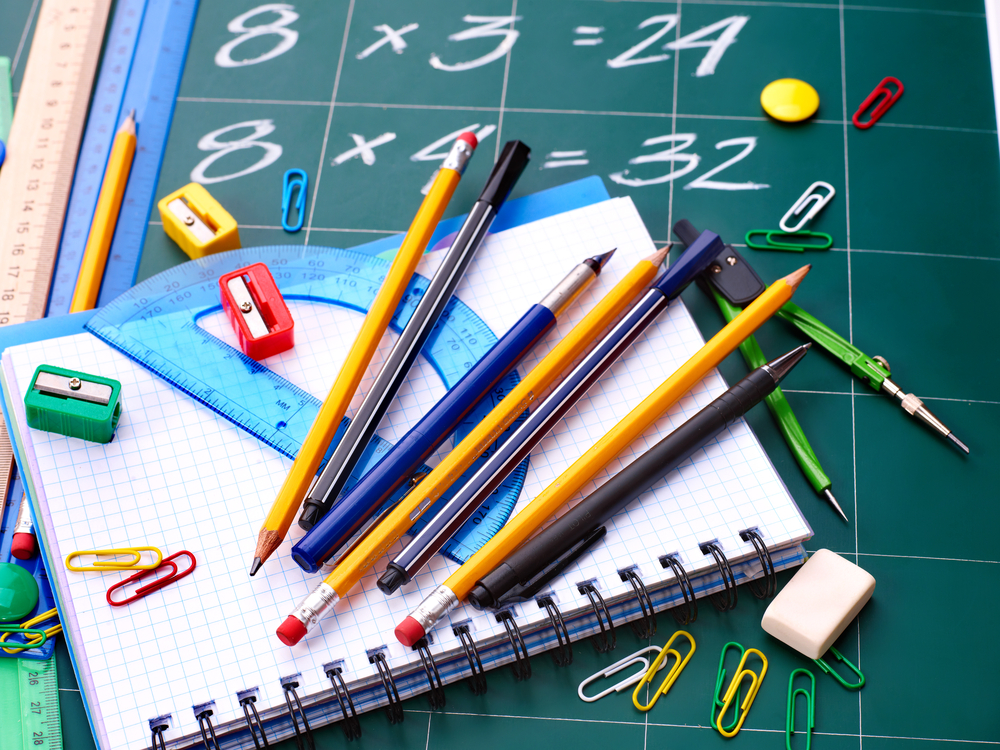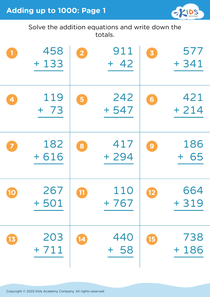Number Sequencing Numbers Worksheets for 3-Year-Olds
6 filtered results
-
From - To
Introduce your 3-year-old to the world of numbers with our engaging Number Sequencing Numbers Worksheets. Designed specifically for toddlers, these printables focus on developing fundamental math skills. With adorable illustrations and easy-to-follow exercises, children will learn to recognize, order, and sequence numbers, laying a solid foundation for future math success. Ideal for parents and educators alike, our worksheets make learning enjoyable and set the stage for academic achievement. Help your child count confidently while nurturing their love for numbers and building essential problem-solving skills. Discover the fun in learning with our expertly crafted resources today!
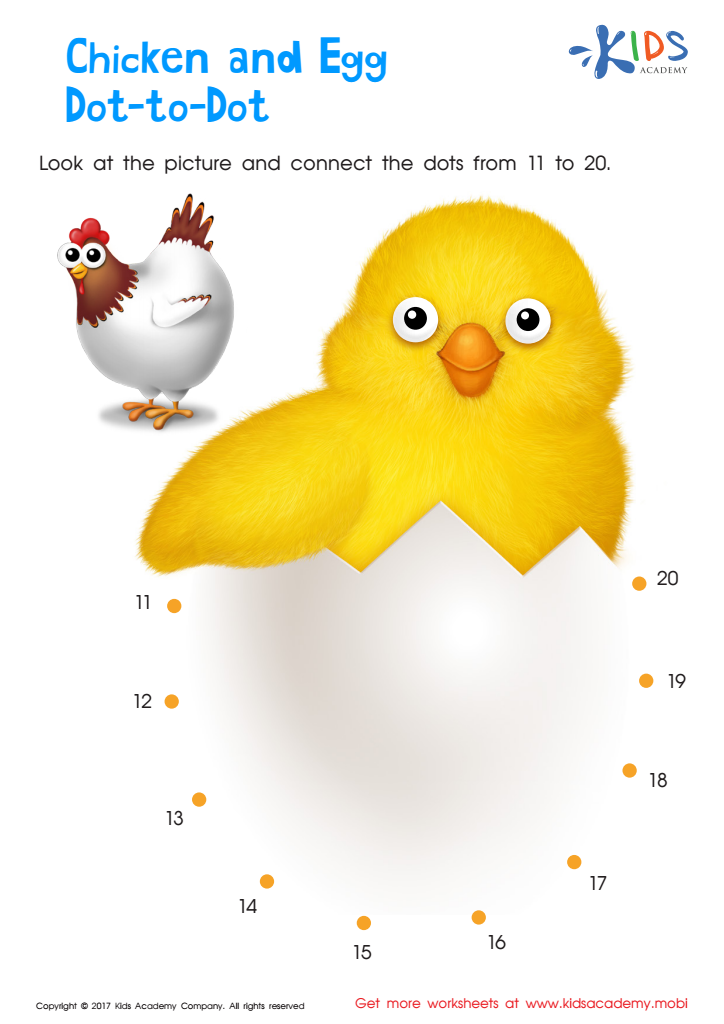

Ordering 11–20: Chicken & Egg Dot–to–dot Worksheet
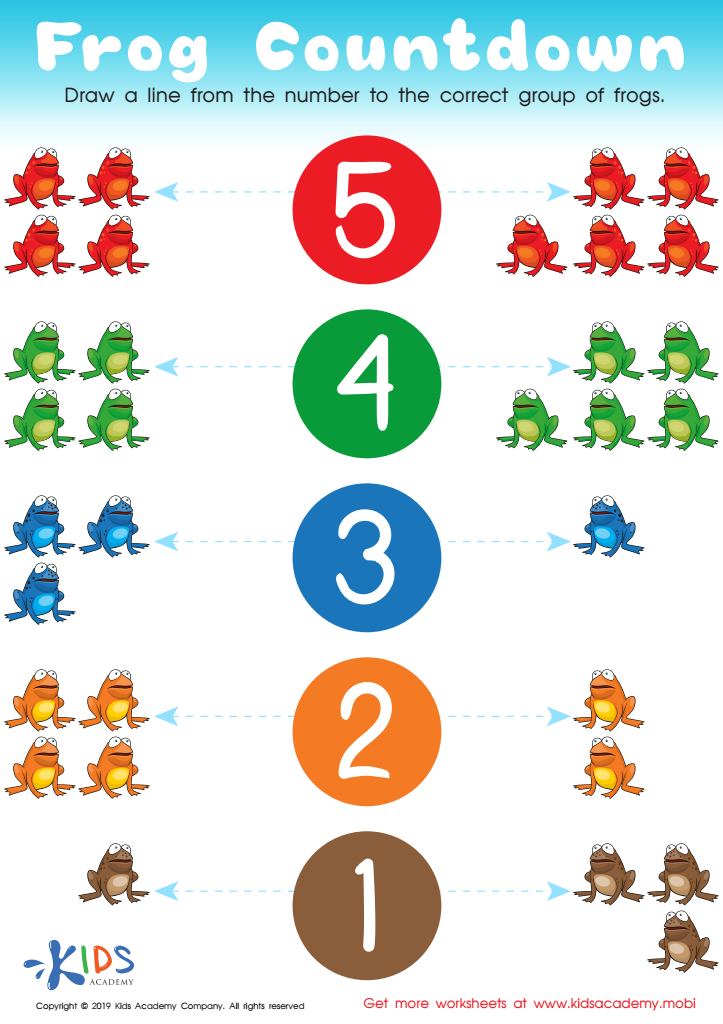

Frog Countdown Worksheet
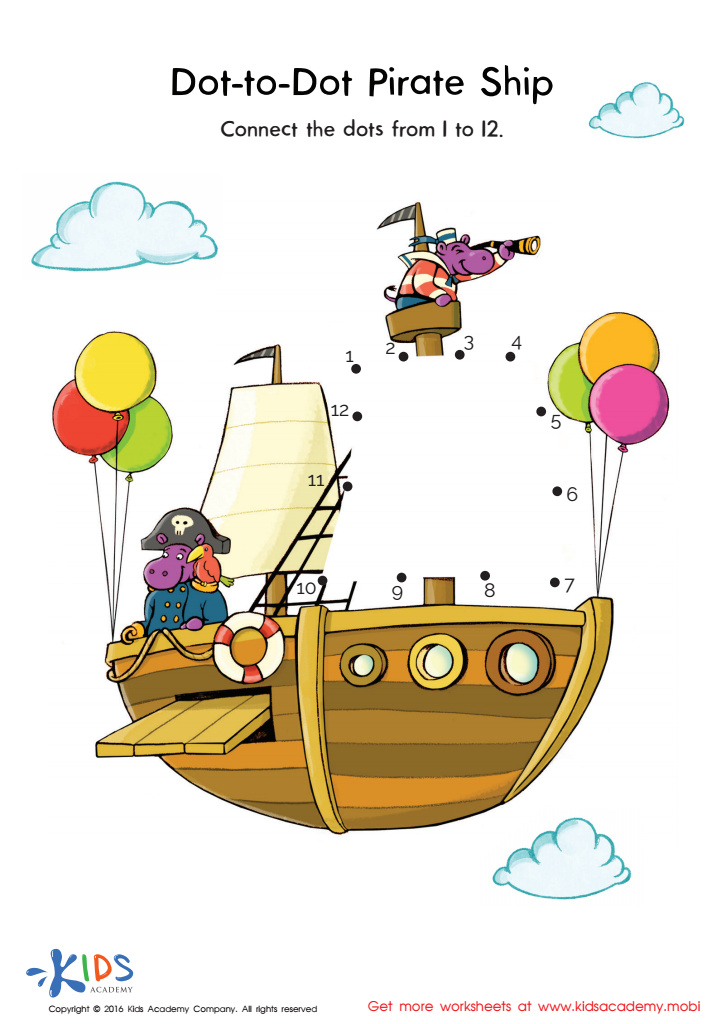

Pirate Ship Connect Dots Worksheet
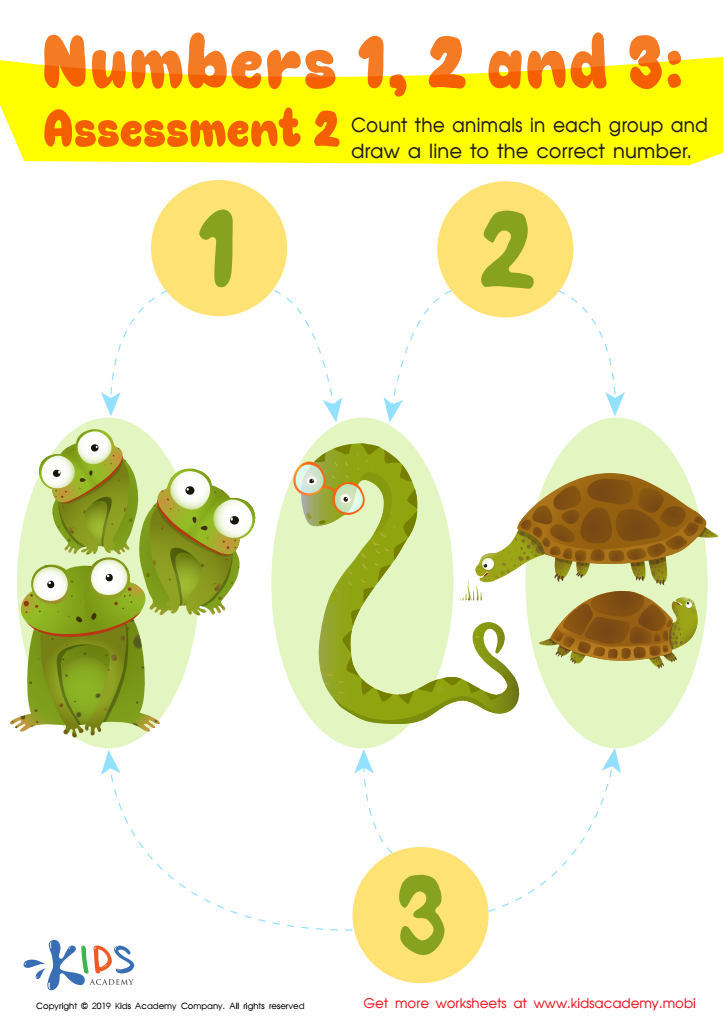

Numbers 1, 2 and 3: Assessment 2 Worksheet
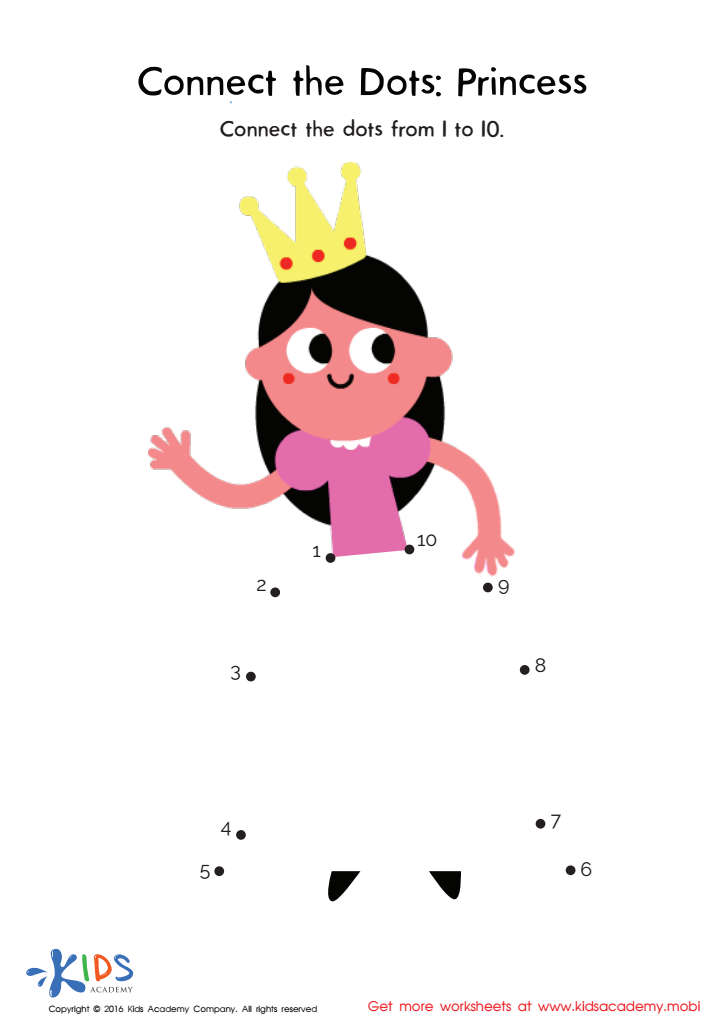

Princess Connect Dots Worksheet
Number sequencing is a fundamental skill for young children, and there are several reasons why parents and teachers should prioritize it for 3-year-olds. Firstly, understanding sequences helps to develop critical early math skills that are crucial for future academic success. Learning to identify the order of numbers lays the groundwork for more advanced concepts such as addition, subtraction, and understanding patterns.
Secondly, mastering number sequencing enhances cognitive development. It encourages logical thinking and problem-solving abilities as children learn to predict and identify what comes next in a series. This cognitive process not only aids in mathematical thinking but also in other areas of learning, fostering an overall ability to understand and interact with the world better.
Moreover, developing sequencing skills improves fine motor skills and hand-eye coordination, especially when children engage in hands-on activities like sorting or arranging objects. These physical skills are essential for day-to-day tasks and further academic pursuits, like writing and typing.
By focusing on number sequencing, parents and teachers help young children build a strong foundation for their future. This investment in early education leads to enhanced academic performance, better cognitive development, and an increased enthusiasm for learning, making it a noteworthy aspect of early childhood education.
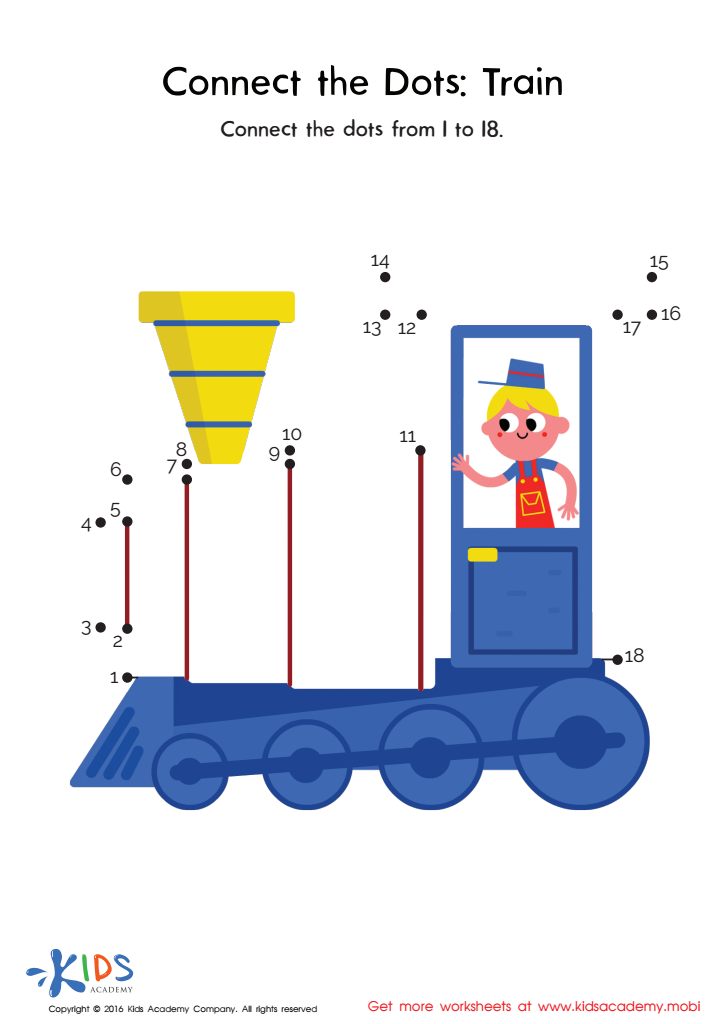
 Assign to My Students
Assign to My Students








